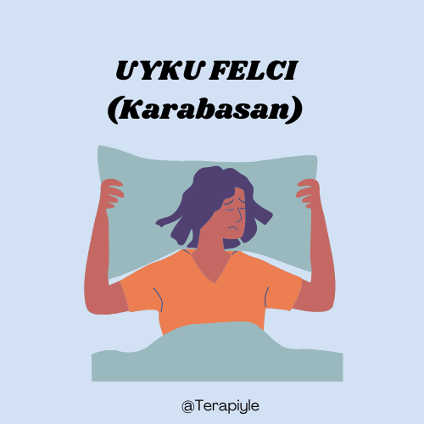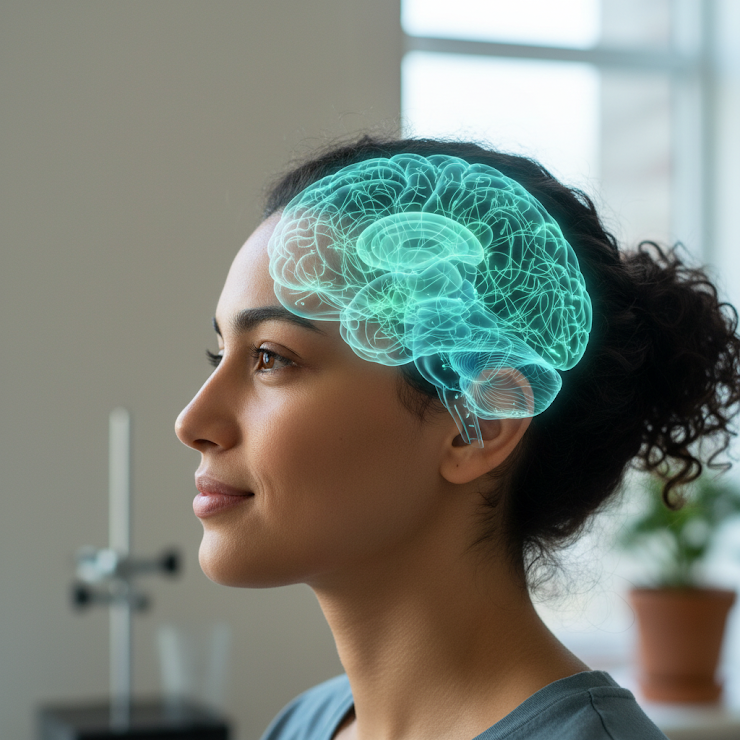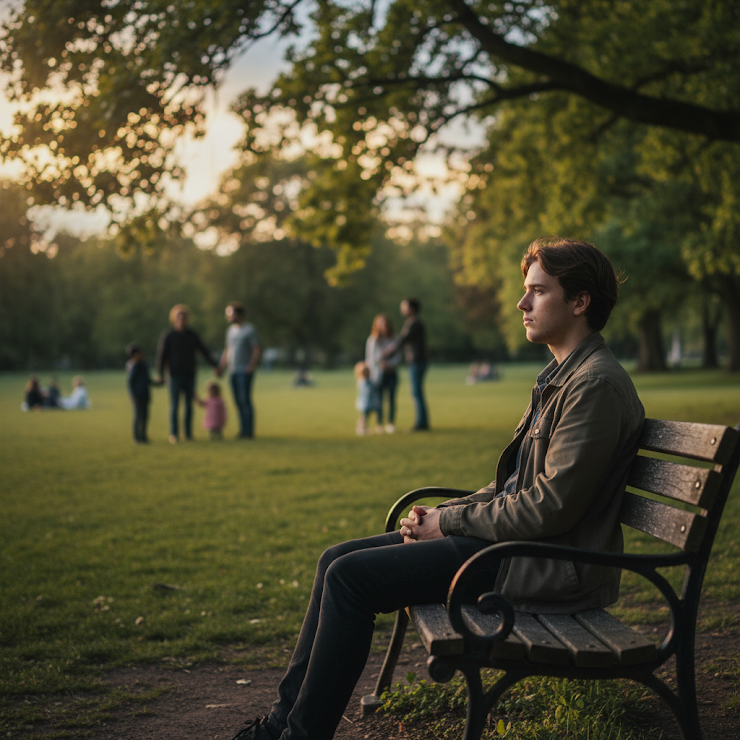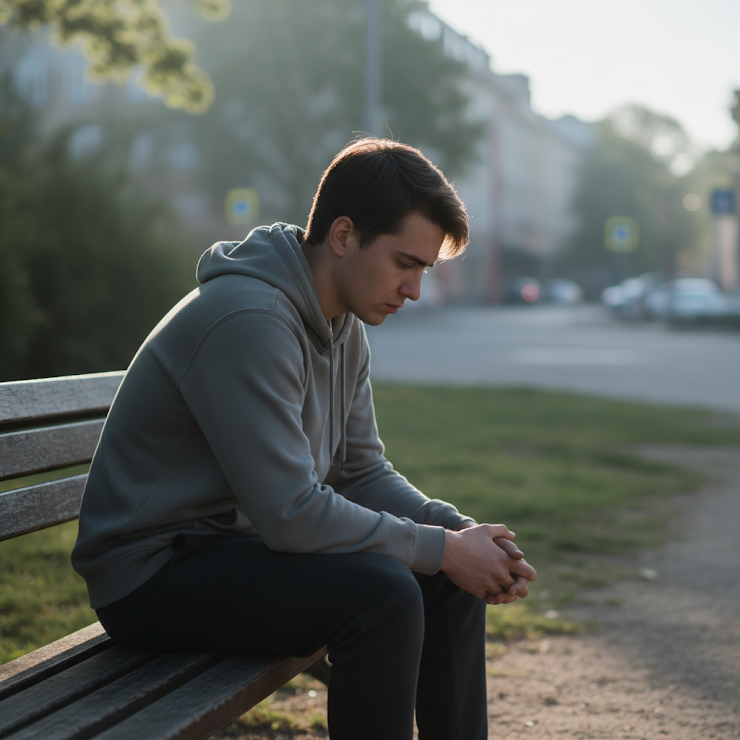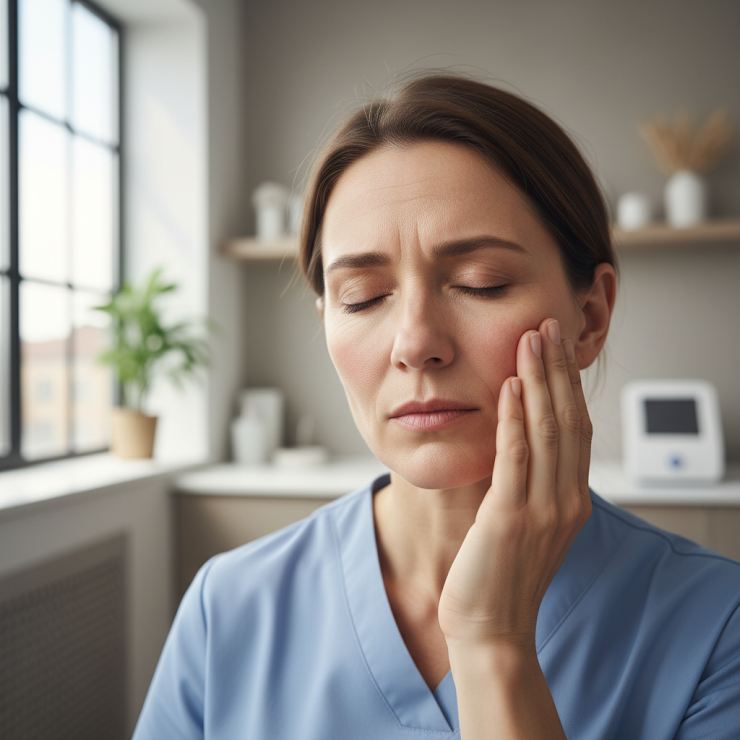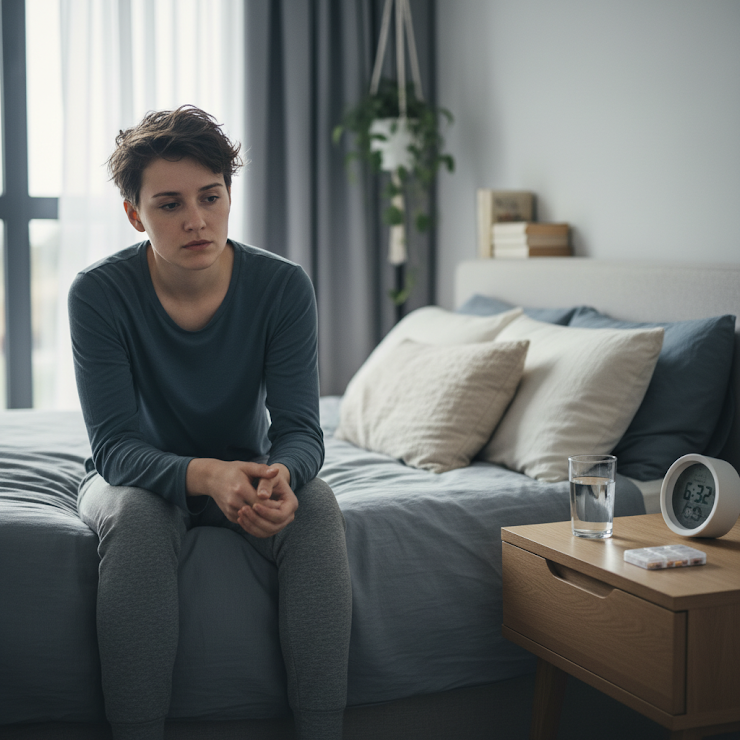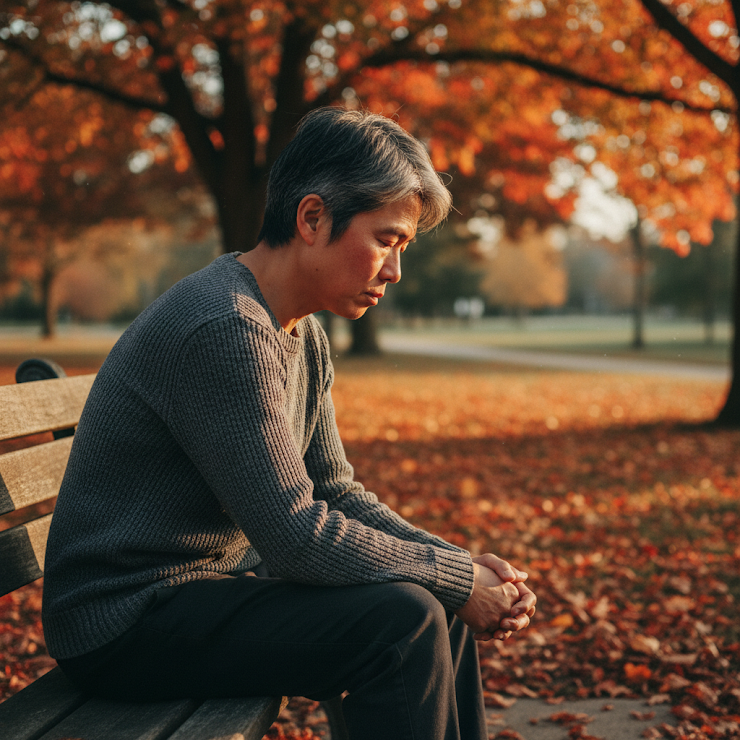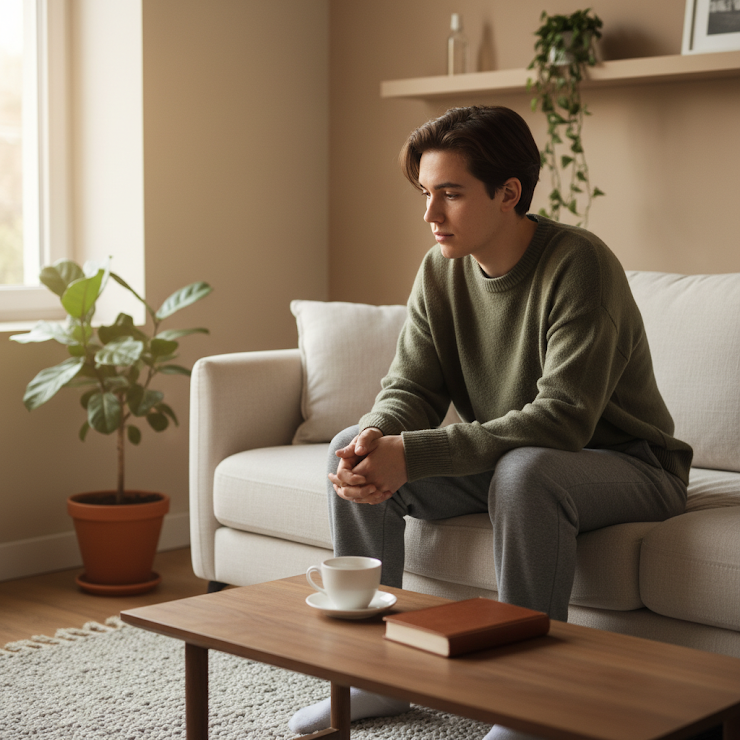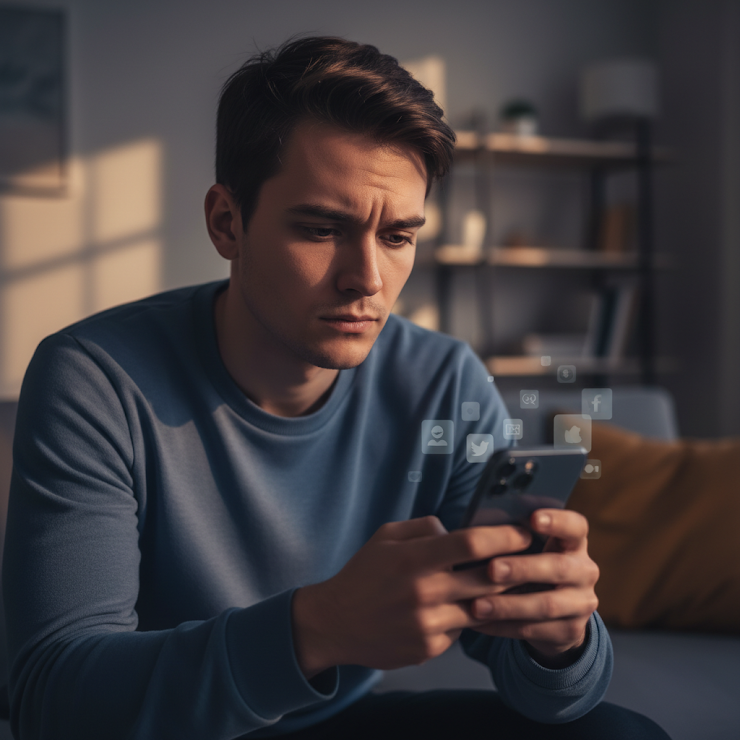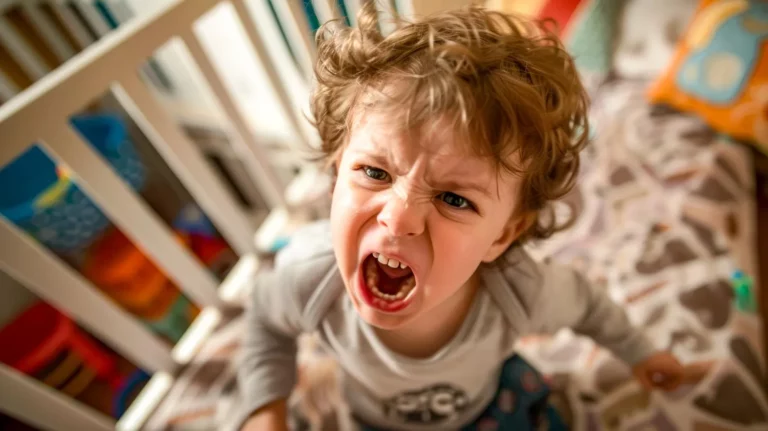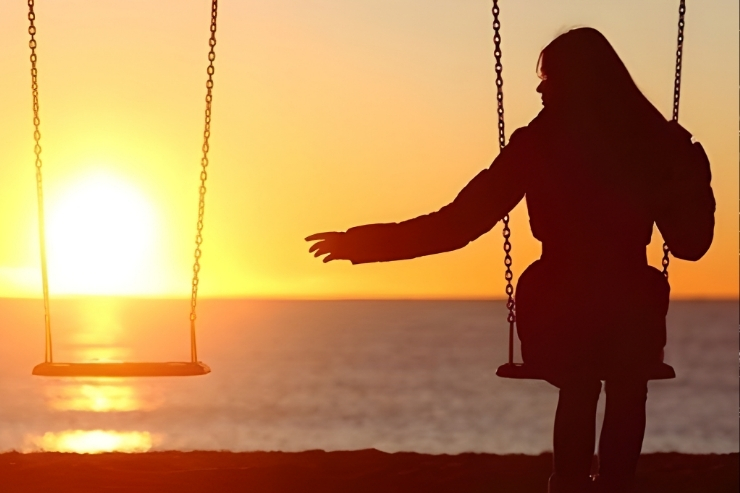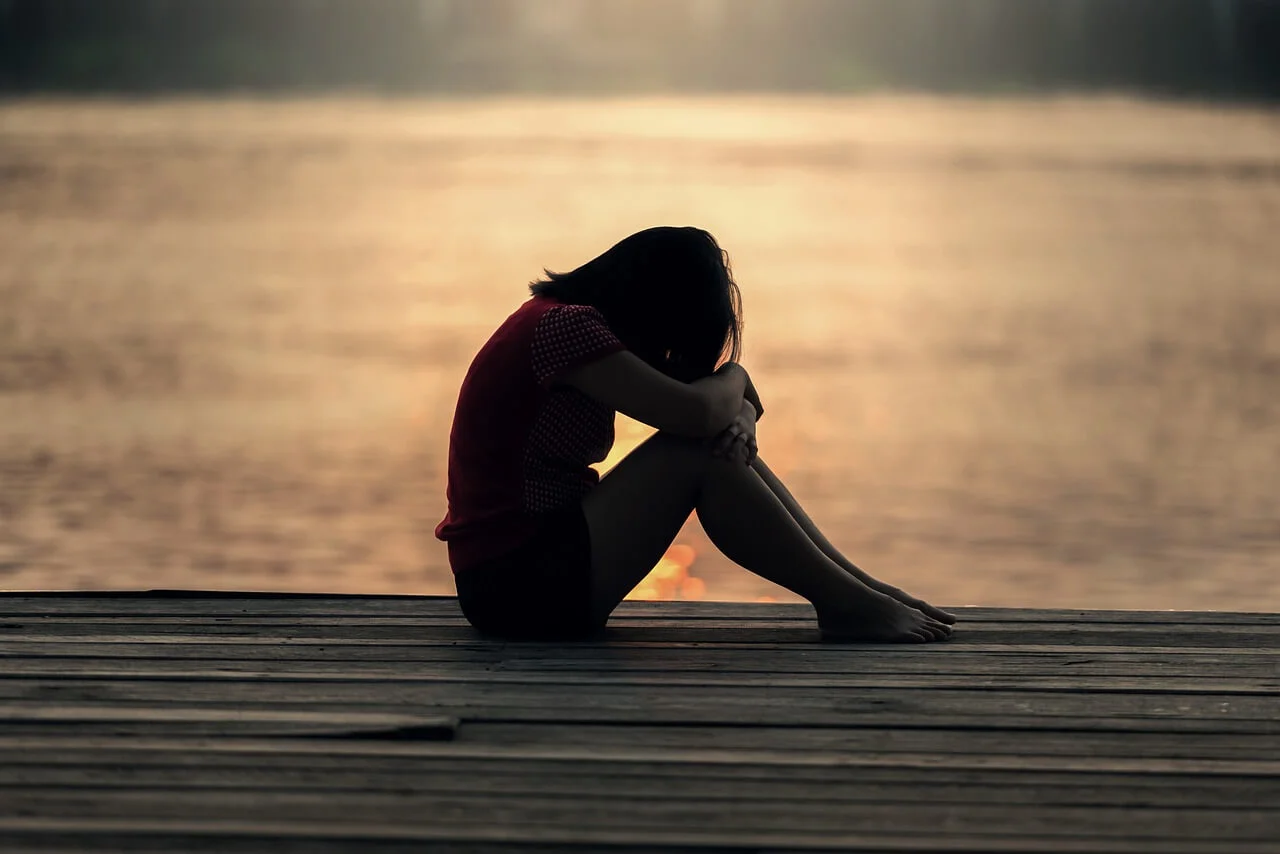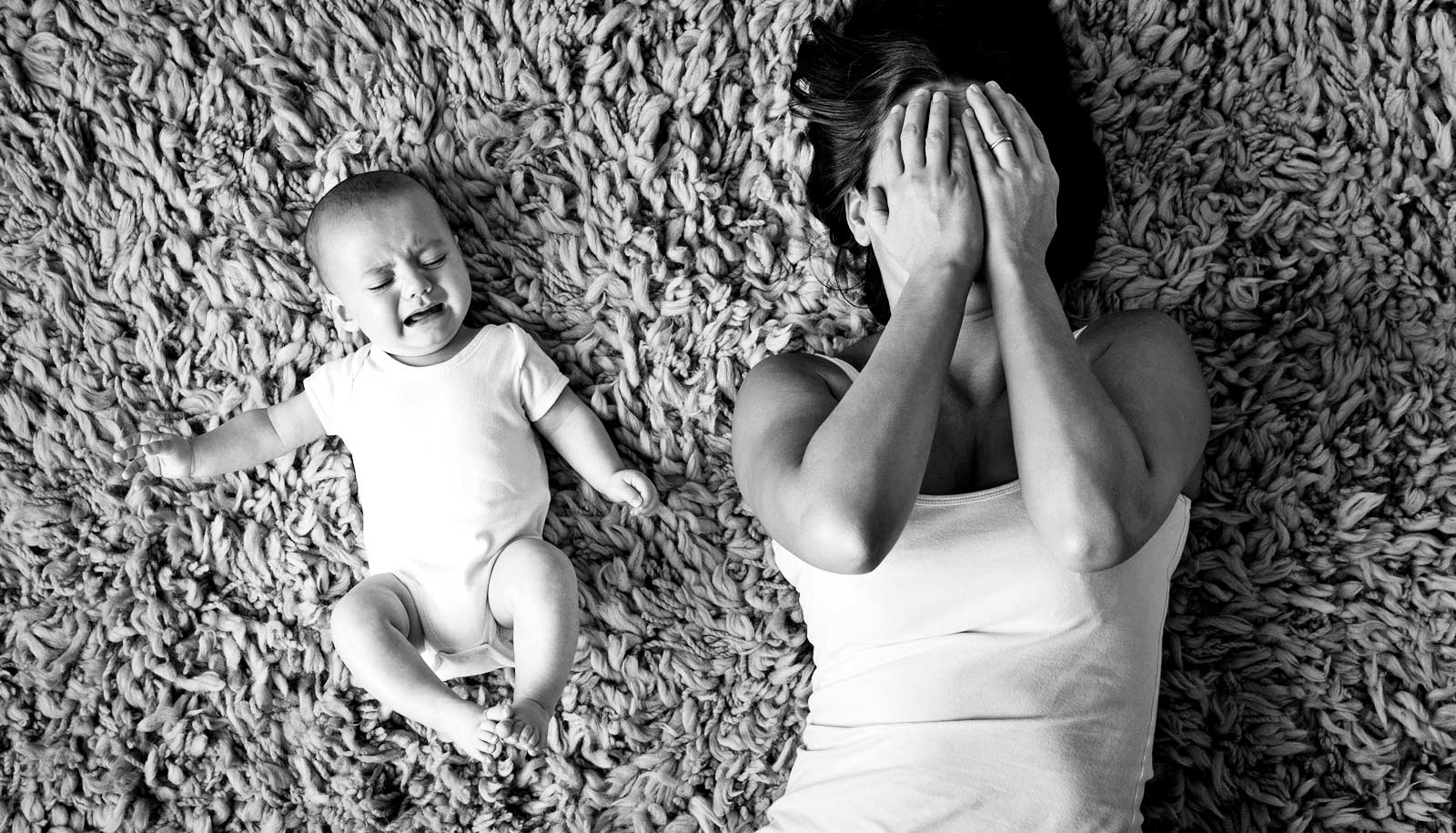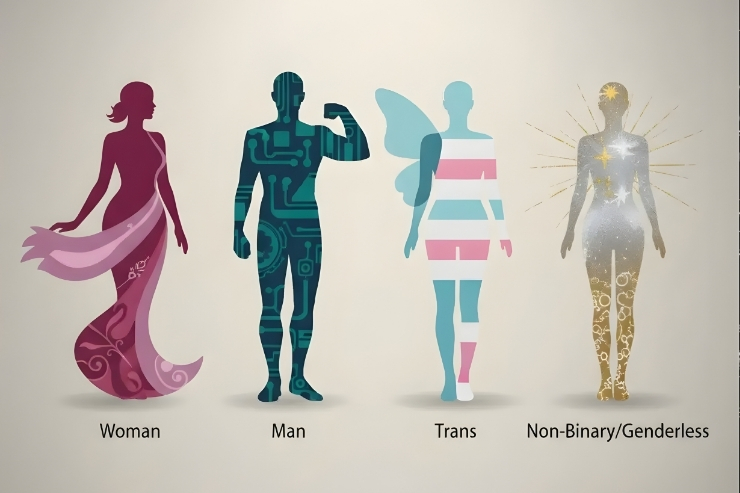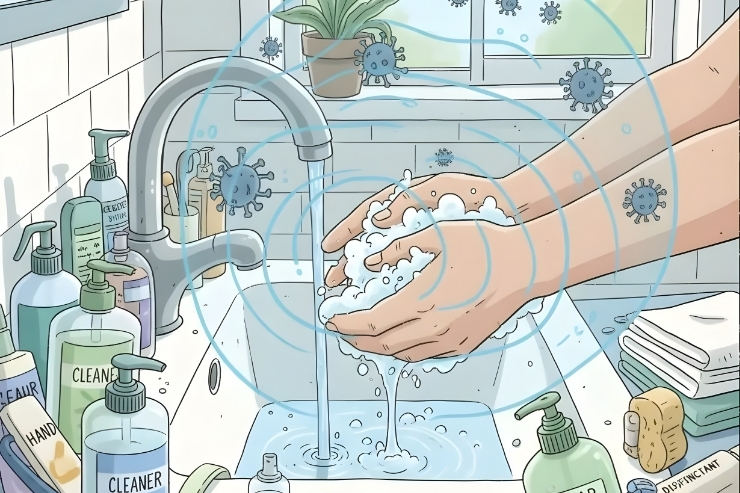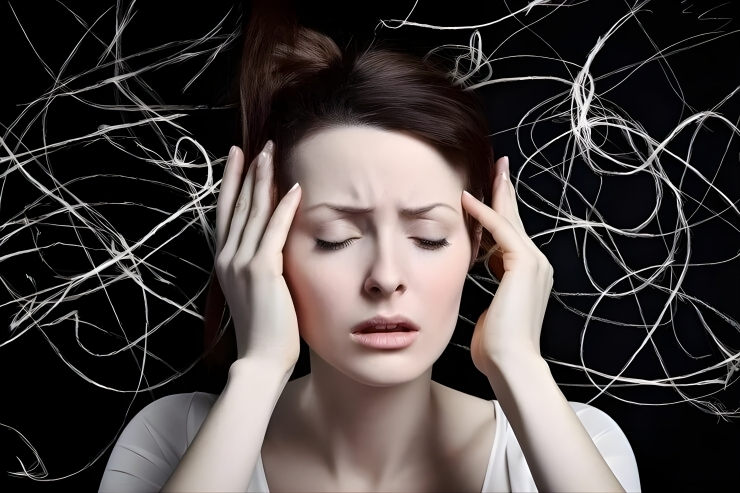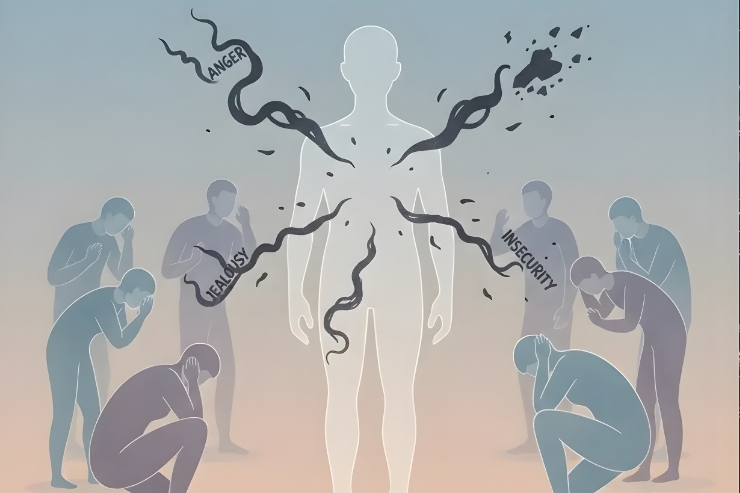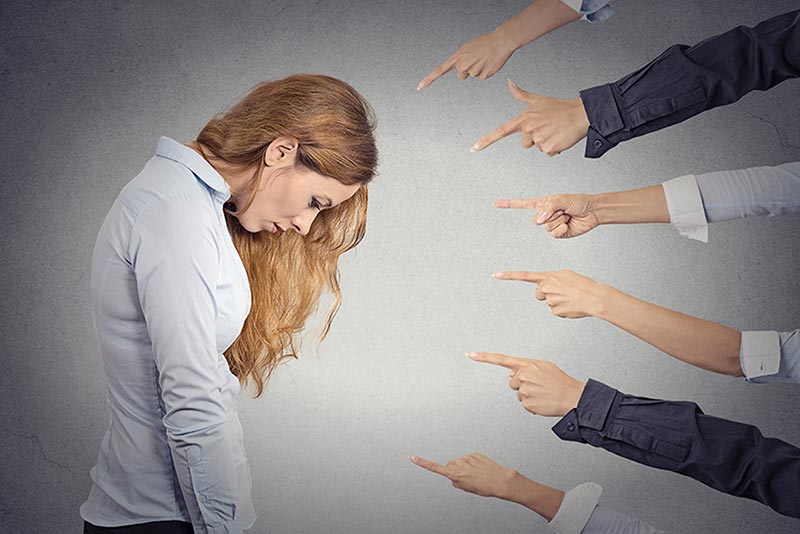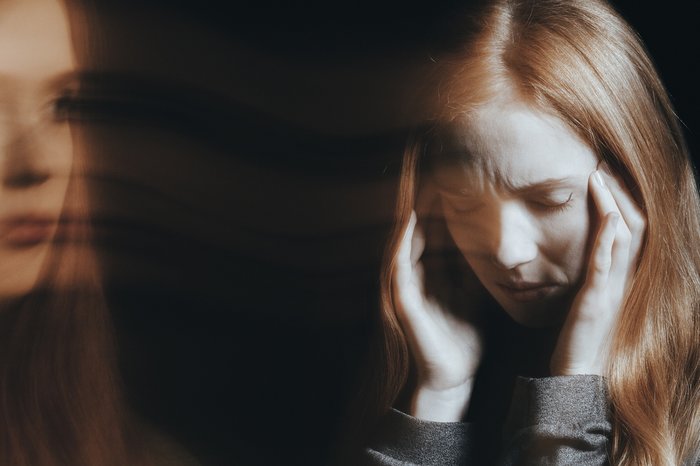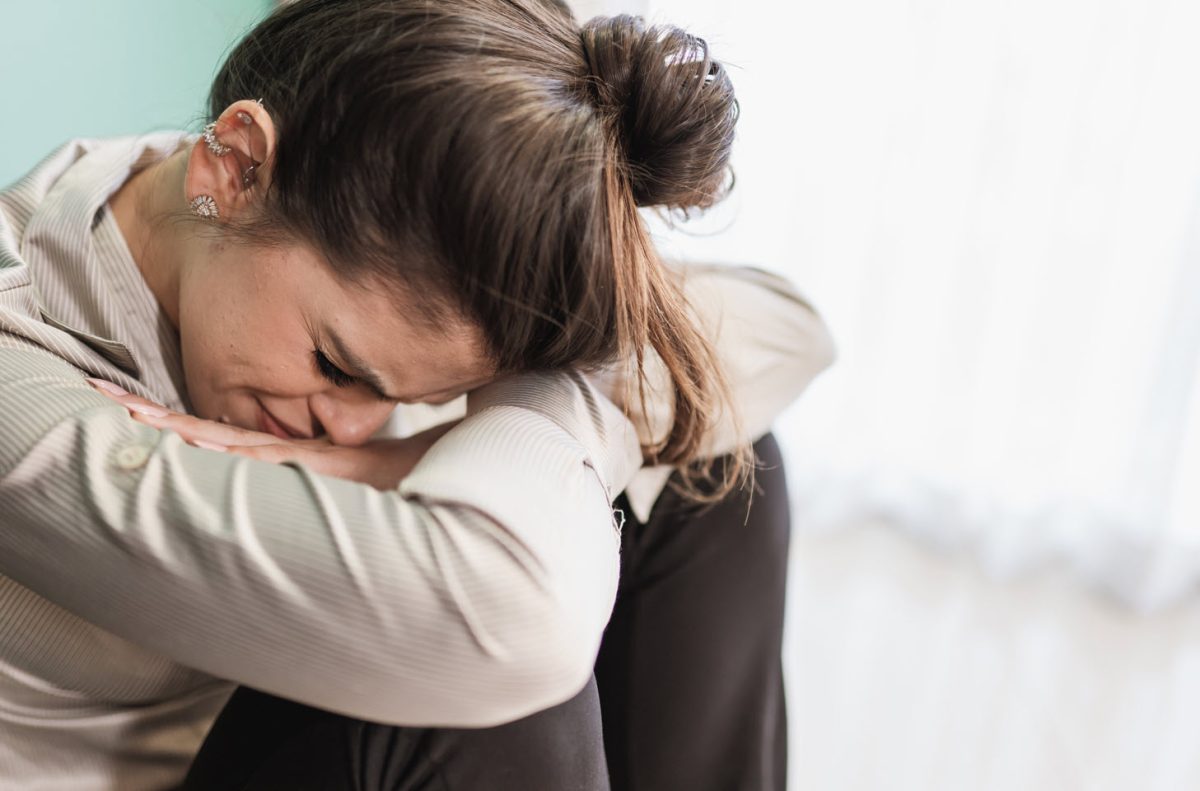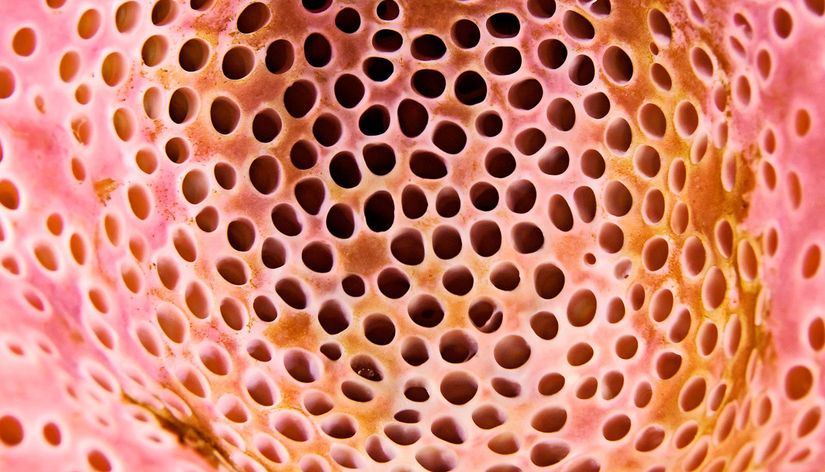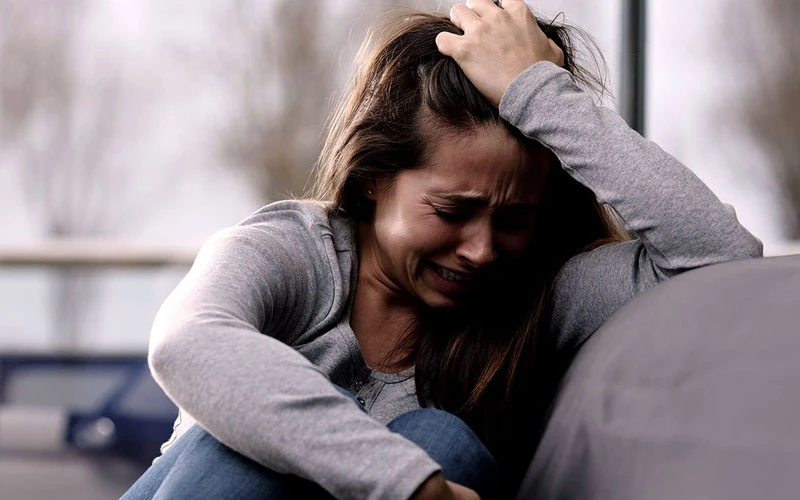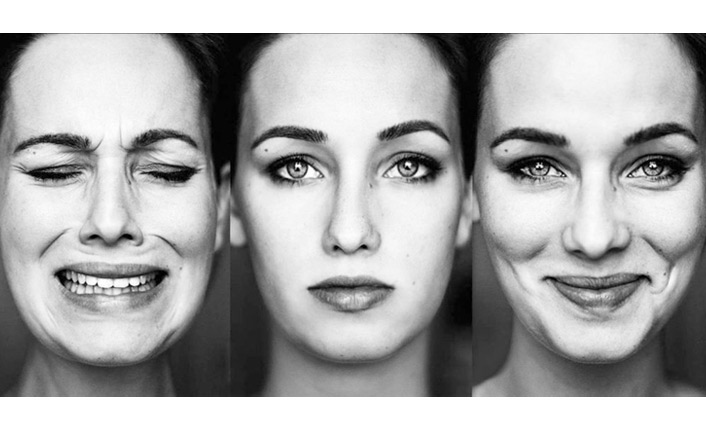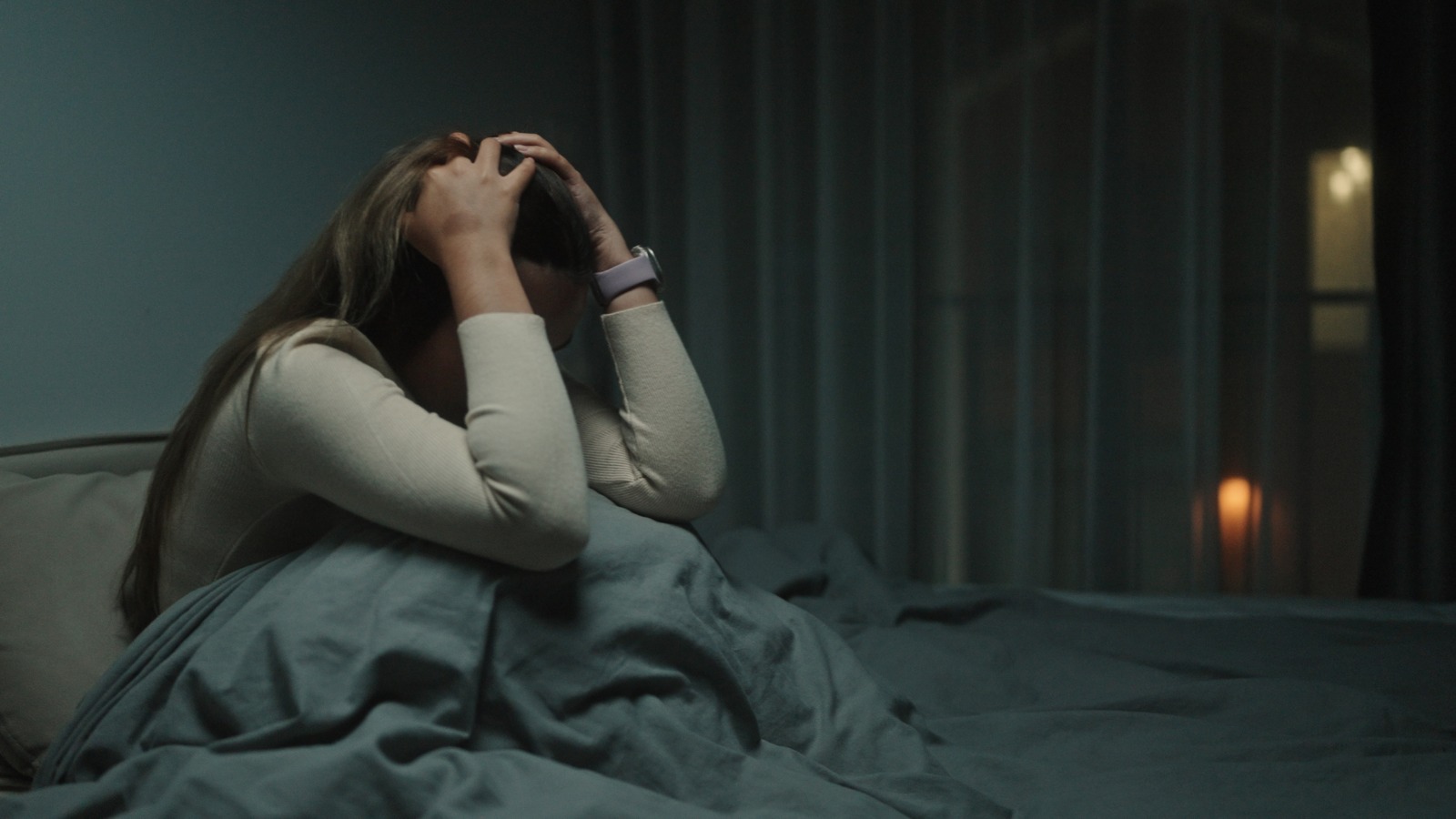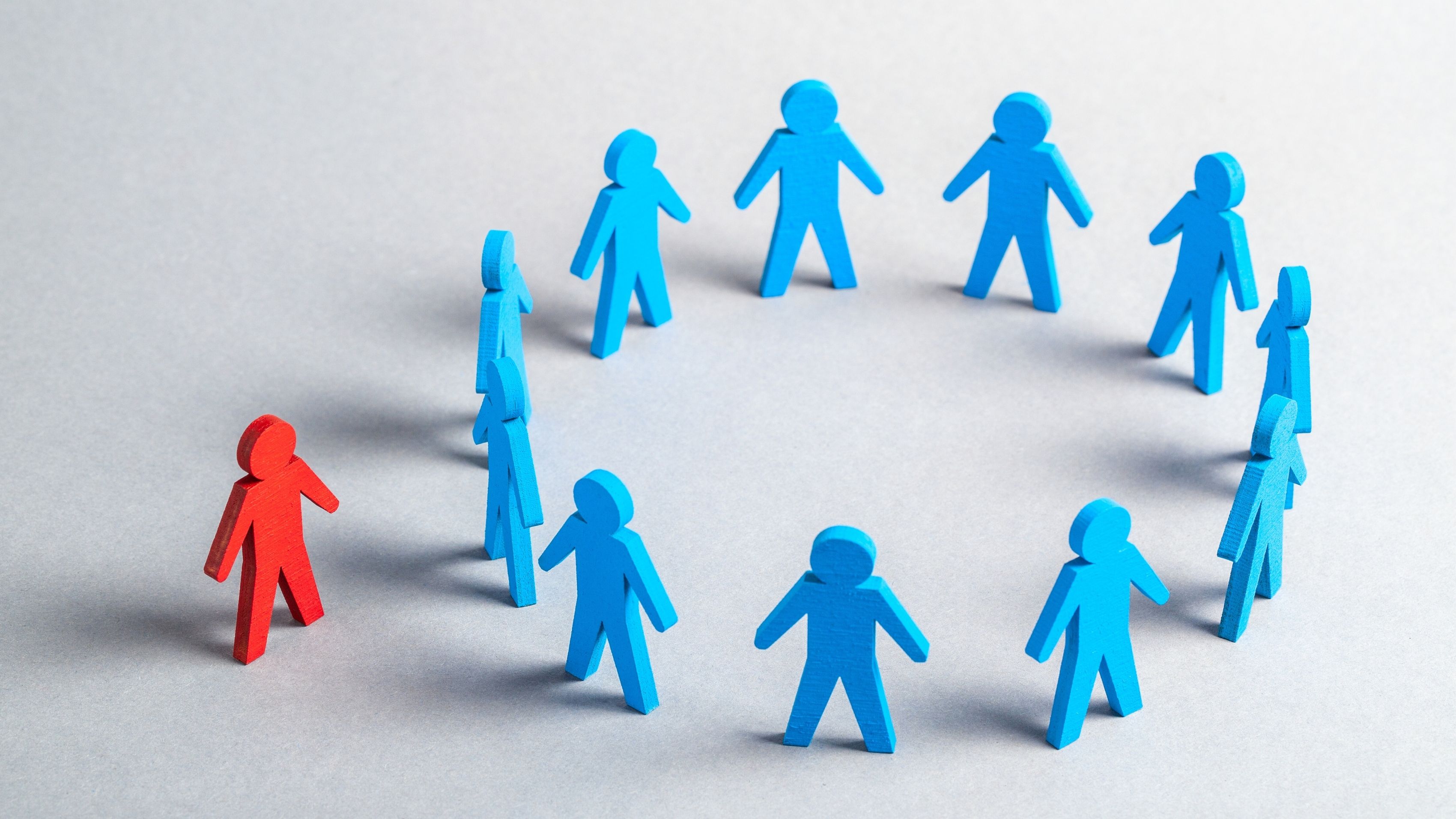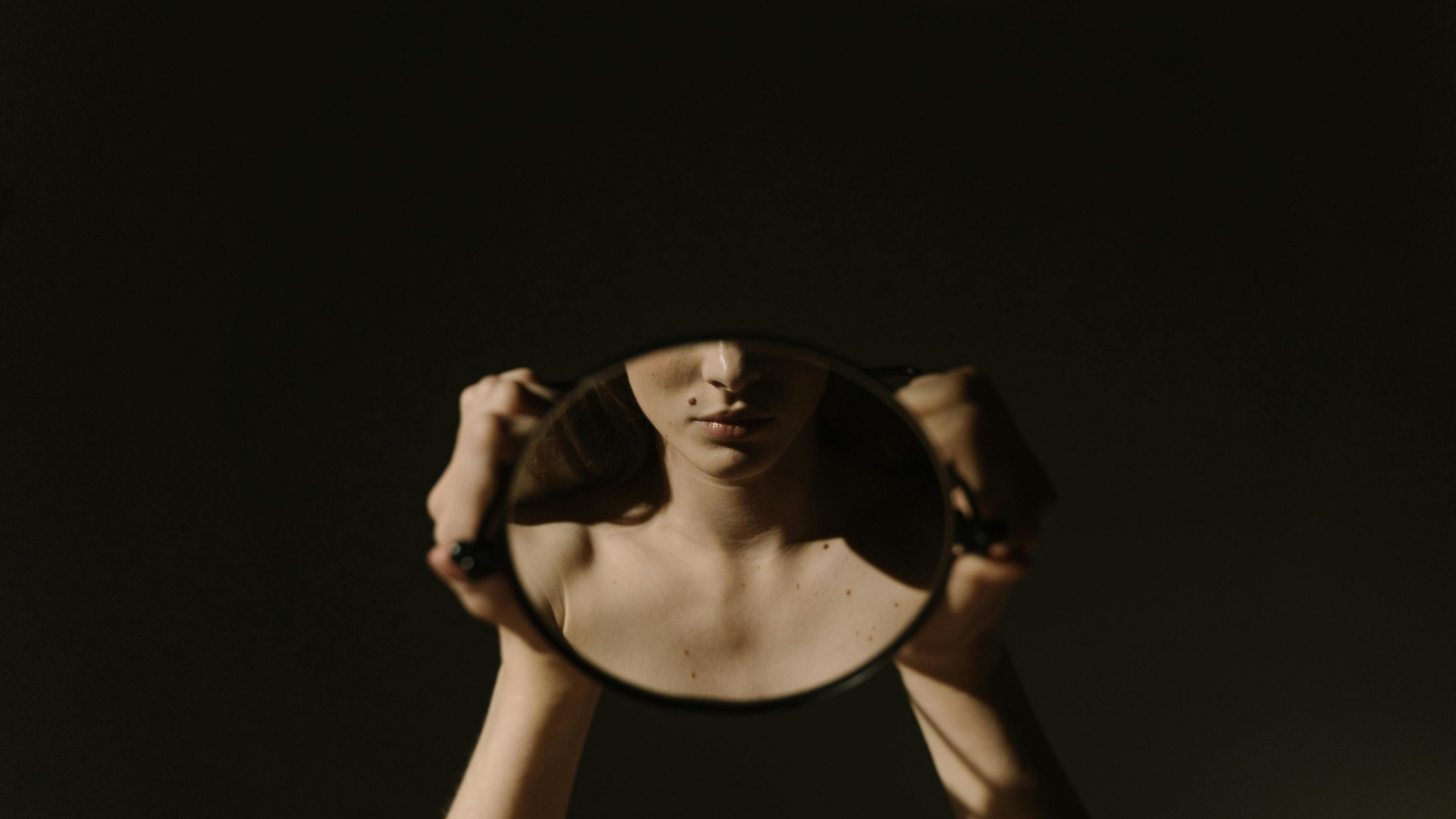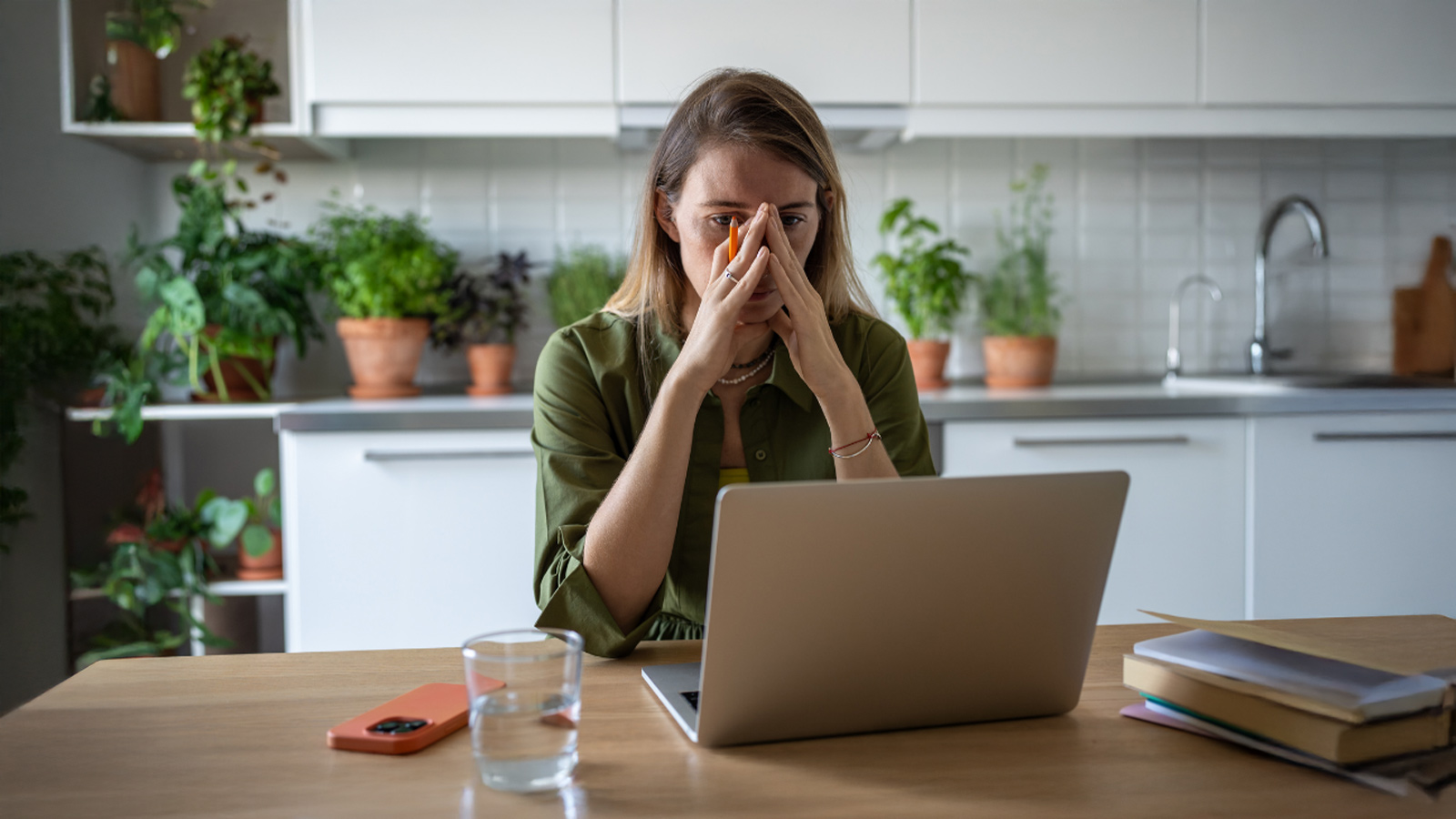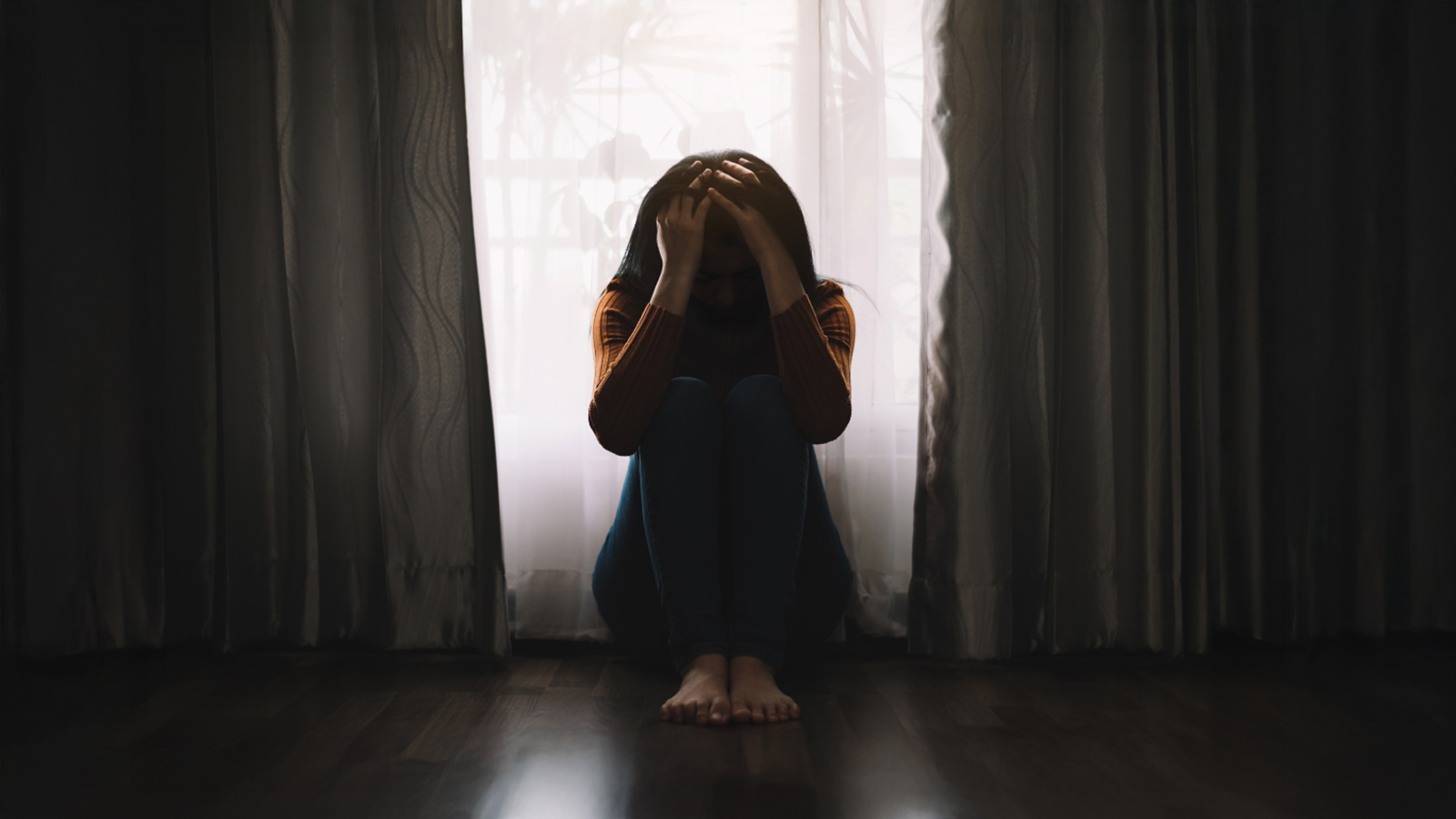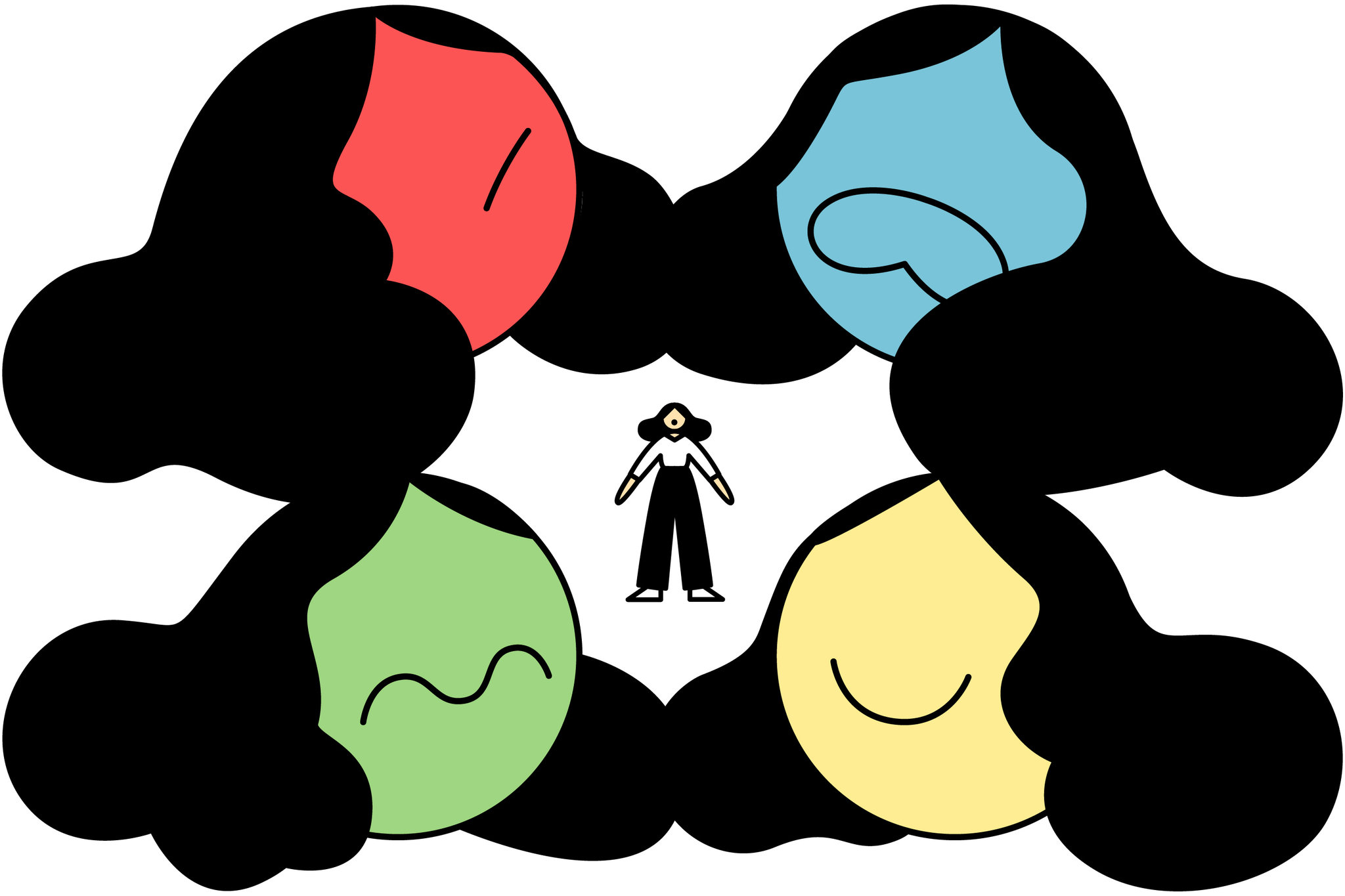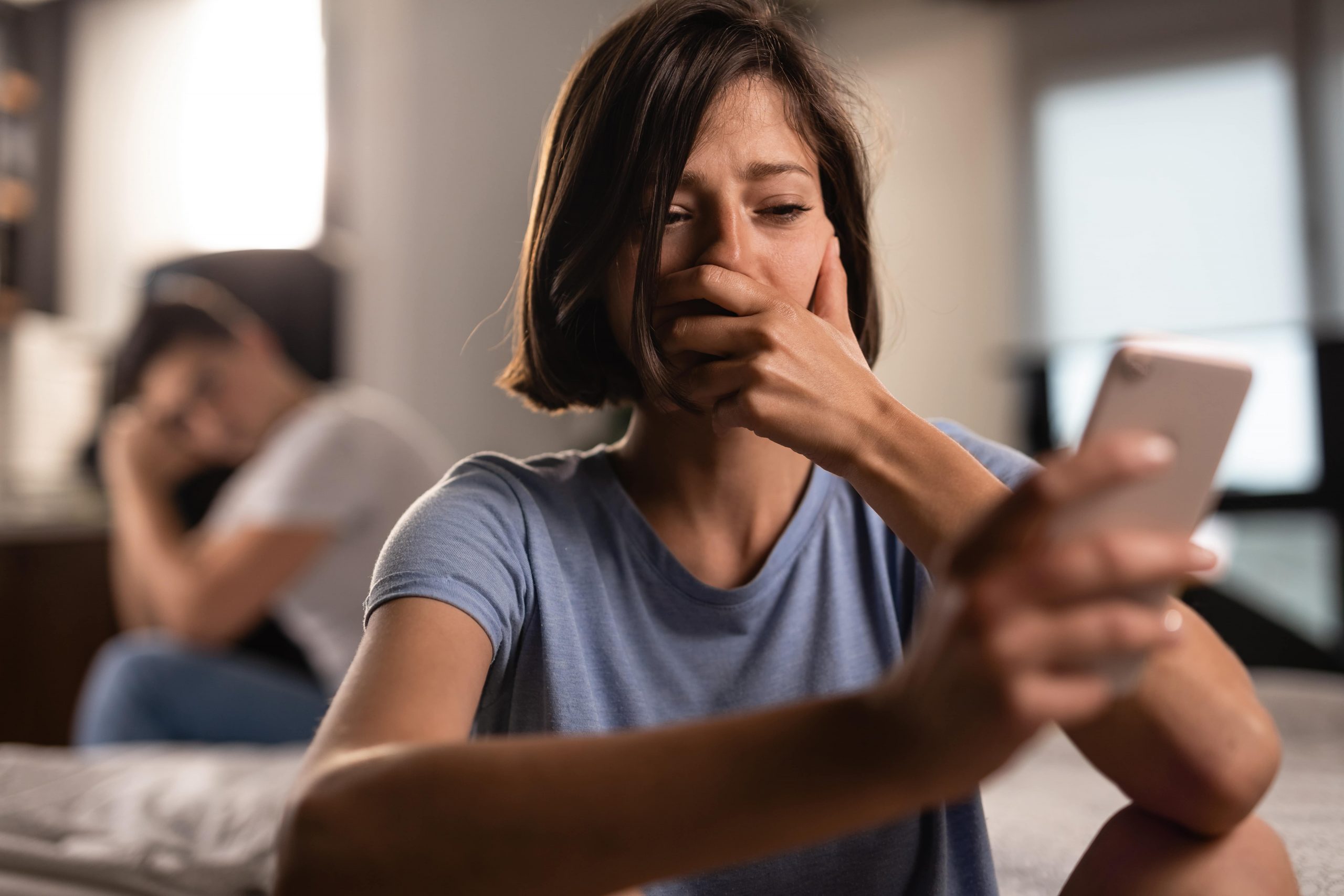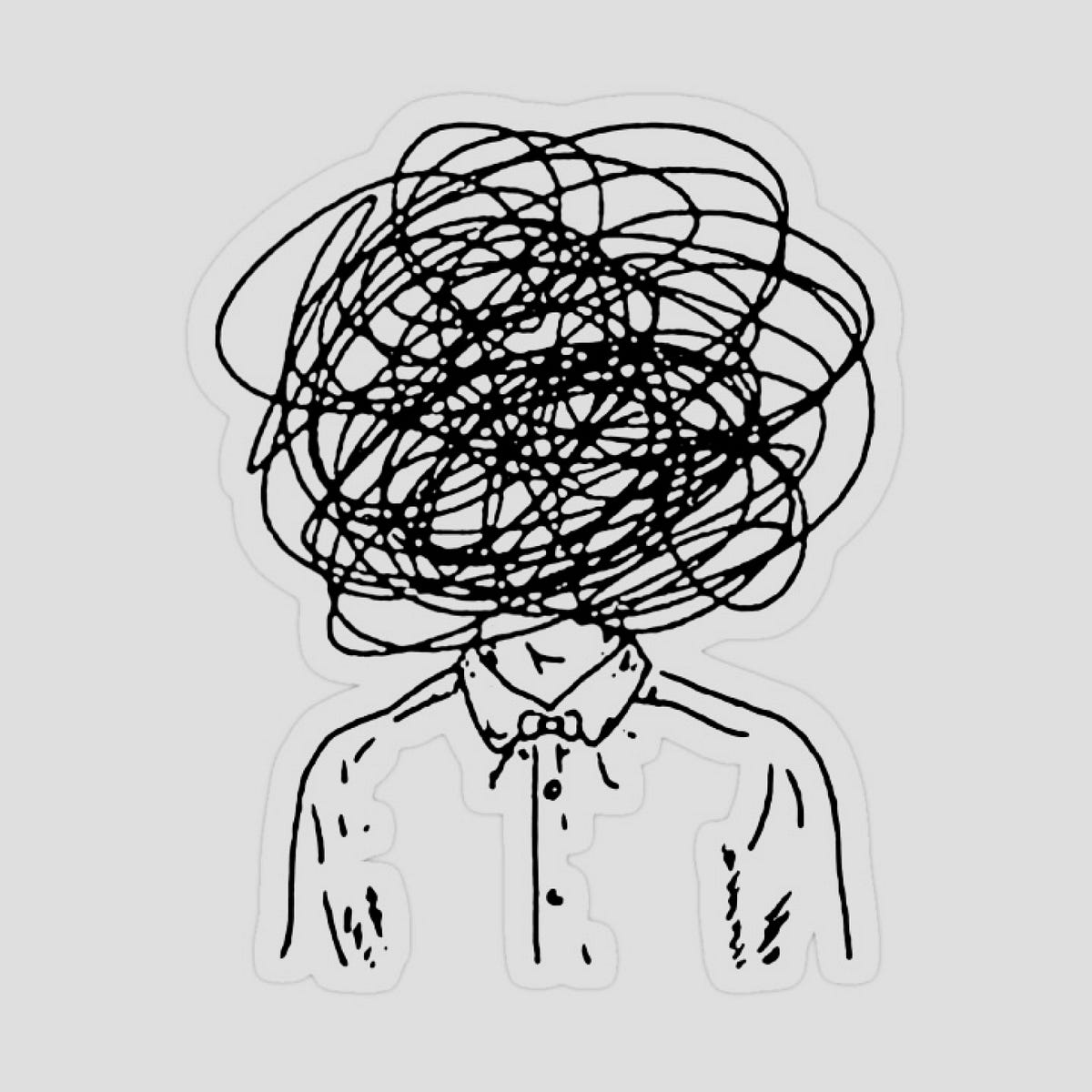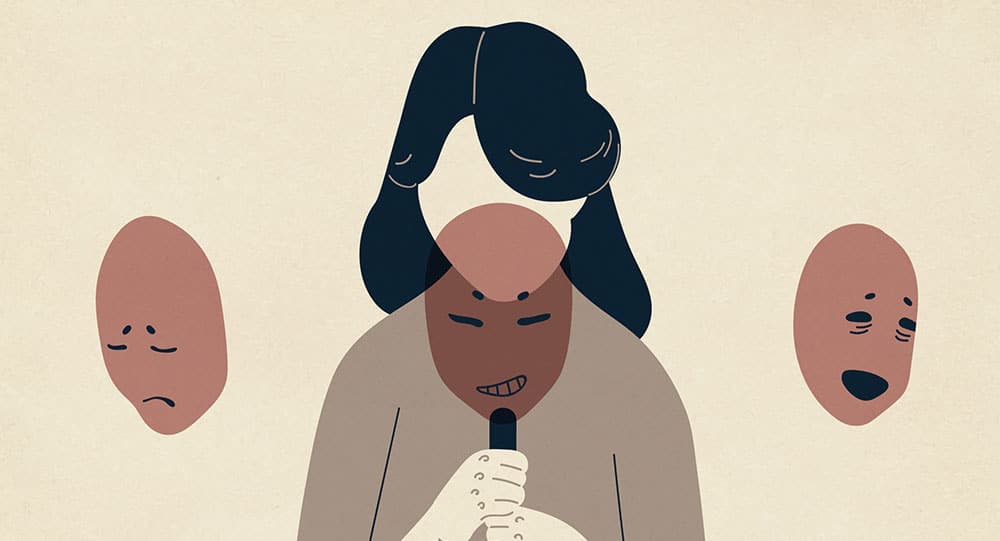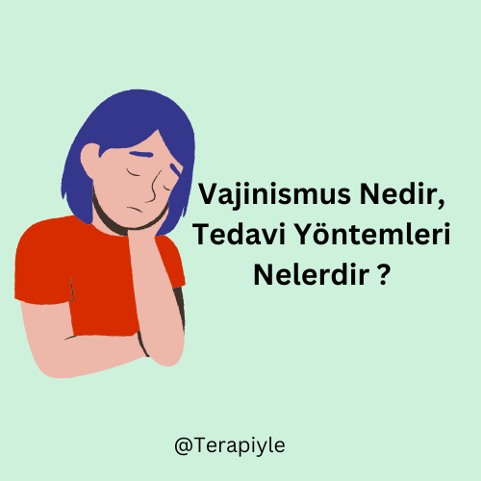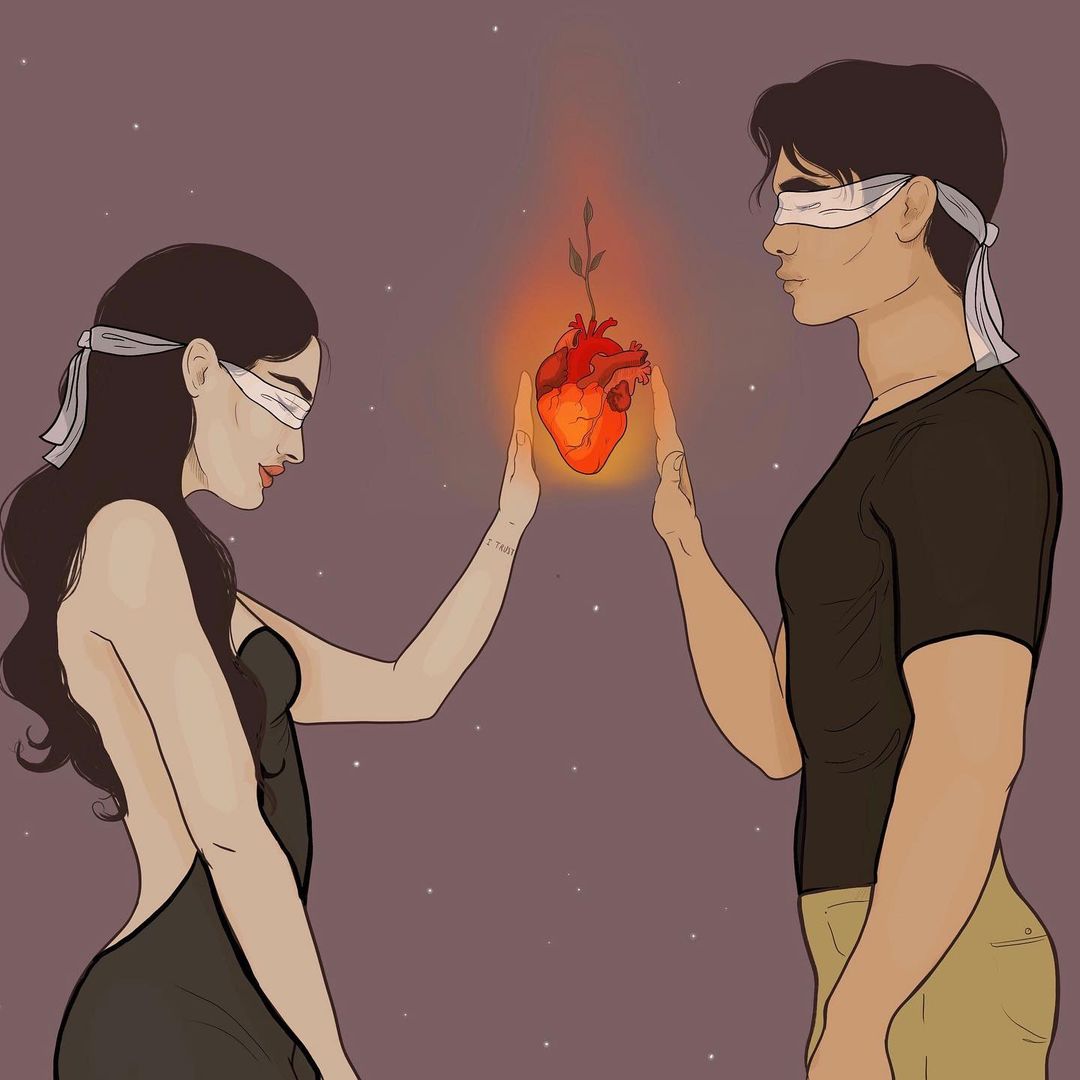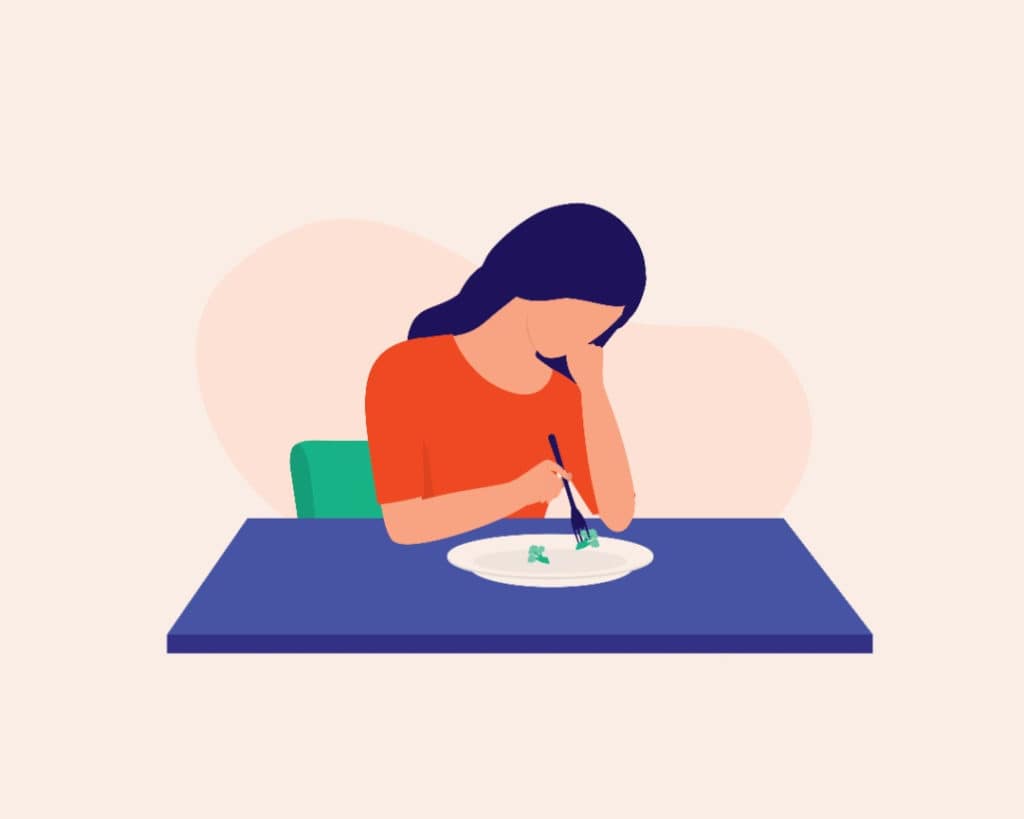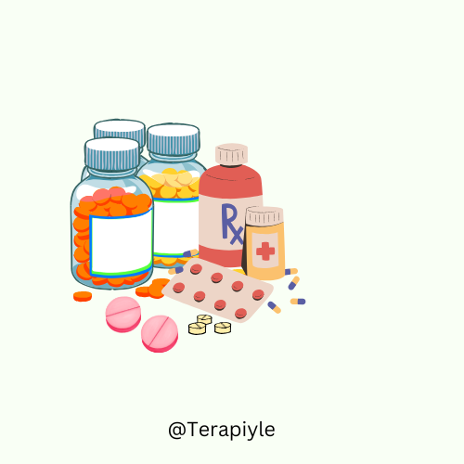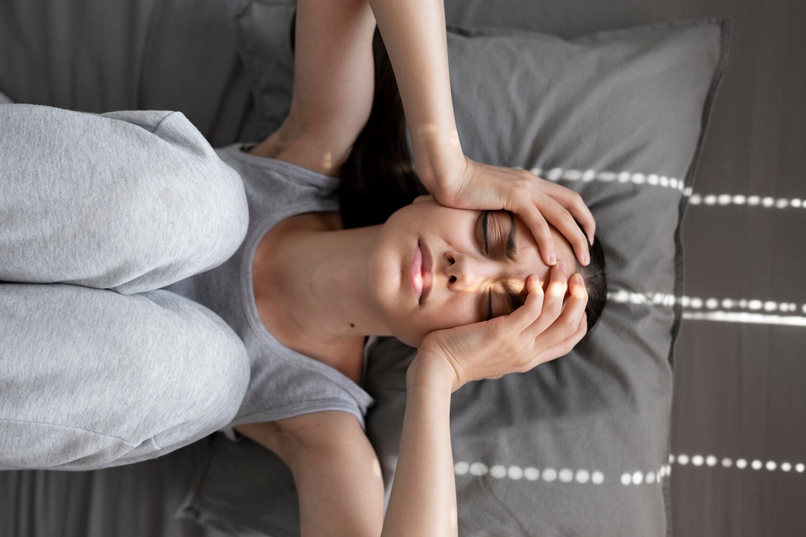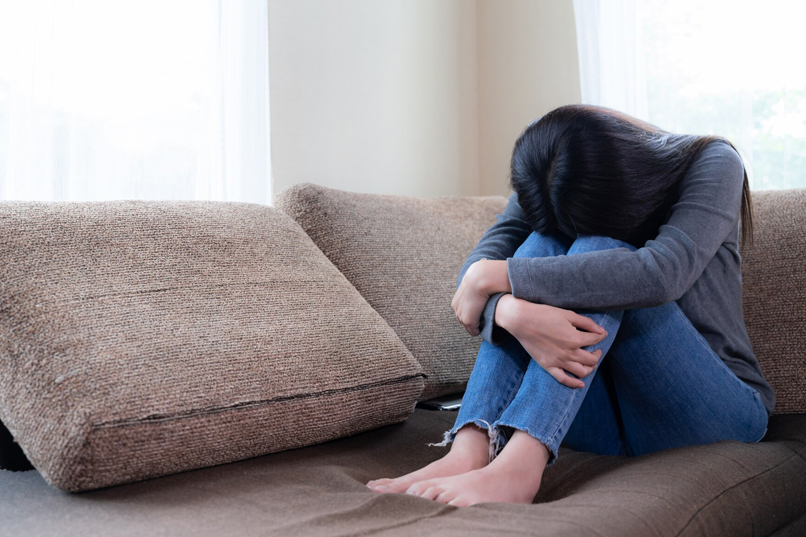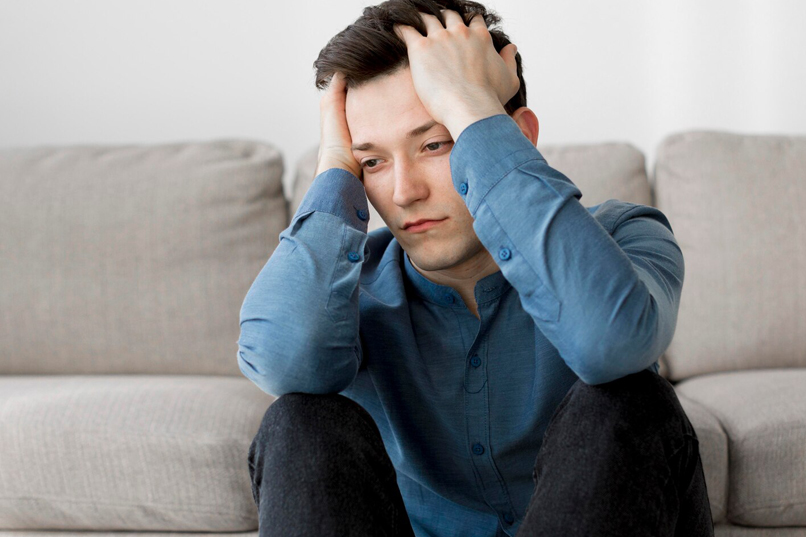Sleep Paralysis: Understanding the “Demon of the Night”
Sleep paralysis, commonly known as “karabasan” in Turkish folklore, is a phenomenon where a person is temporarily unable to move or speak while transitioning between sleep and wakefulness. It usually occurs when falling asleep or upon waking and may be accompanied by vivid hallucinations or a feeling of pressure on the chest. Although frightening, sleep paralysis is generally harmless, yet can be highly disturbing or even terrifying for those who experience it.
Causes of Sleep Paralysis
Sleep paralysis most often occurs during the rapid eye movement (REM) phase of sleep—the stage where dreams are most vivid and emotionally intense. During REM sleep, the brain remains active, while the body enters a state of paralysis as a protective mechanism to prevent individuals from physically acting out their dreams.
However, if a person becomes conscious before the paralysis has dissipated (or falls asleep while the brain remains active), they may feel awake but be unable to move or speak—often attempting to scream without success. This disconnection between the mind and body results in the sensation of being paralyzed.
Hallucinations and Sensory Experiences
During sleep paralysis, people often experience vivid hallucinations that can feel extremely real. These hallucinations may include:
- Visual hallucinations: Seeing shadows or figures in the room.
- Auditory hallucinations: Hearing footsteps, voices, or buzzing noises.
- Tactile hallucinations: Feeling pressure on the chest as if someone is sitting on them, or a sensation of choking.
- Presence hallucinations: Many individuals report sensing an “uninvited presence” or another being in the room, often triggering fear and anxiety.
The feeling of being unable to breathe or the sensation of pressure on the chest is commonly reported and can be interpreted differently across cultures. Many myths about demons or supernatural creatures (such as the "night hag" in European folklore or "kanashibari" in Japan) are believed to originate from sleep paralysis experiences.
Psychological Factors and Triggers
Several factors may increase the likelihood of experiencing sleep paralysis:
- Sleep deprivation: Poor or irregular sleep patterns can disrupt REM sleep and raise the chances of waking during this stage.
- Stress and anxiety: High stress levels and emotional tension can contribute to sleep disorders that trigger sleep paralysis.
- Sleep disorders: Conditions such as narcolepsy, insomnia, or sleep apnea can increase the frequency of episodes.
- Sleeping position: Some people report that sleeping on their back makes them more likely to experience sleep paralysis, possibly due to airway obstruction in those with sleep apnea.
- Substance use: Alcohol or drug use may disrupt the sleep cycle and increase the likelihood of sleep paralysis.
Psychological and Physiological Effects
Although not physically harmful, sleep paralysis can be mentally distressing:
- Anxiety and fear: The experience can cause feelings of helplessness, especially when frequent, and hallucinations can be deeply unsettling.
- Sleep disruption: Fear of future episodes may cause individuals to avoid sleep or develop insomnia, leading to a vicious cycle of sleep deprivation and increased paralysis episodes.
- Post-traumatic stress: For some, repeated episodes—especially those with intense or frightening hallucinations—can lead to PTSD-like symptoms.
Management and Treatment
There is no specific treatment for sleep paralysis, but several strategies may help reduce its frequency and intensity:
- Improving sleep hygiene: Maintaining regular sleep schedules, avoiding caffeine or heavy meals before bed, and creating a calm sleep environment can promote better sleep and reduce episodes.
- Stress management: Relaxation techniques such as deep breathing, meditation, yoga, or mindfulness can lower stress levels and improve sleep quality.
- Treating underlying conditions: Addressing sleep disorders like narcolepsy or sleep apnea with the help of a healthcare provider can decrease the occurrence of sleep paralysis. Cognitive-behavioral therapy (CBT) may also be effective for anxiety and stress.
- Changing sleep position: Some individuals find that sleeping on their side rather than on their back helps prevent episodes.
- Education and reassurance: Understanding that sleep paralysis is common and generally harmless can help reduce the fear and anxiety associated with it.
References
• Cheyne, J. A. (2003). The function of hallucinations in sleep paralysis: A review of the literature. Sleep and Hypnosis, 5(2), 61-68.
• Ohayon, M. M., & Shapiro, C. M. (2000). Sleep paralysis: Clinical, developmental, and psychosocial aspects. Sleep, 23(7), 911-918.
• Sharpless, B. A., & Barber, J. P. (2011). Sleep paralysis: A brief overview and a case report. Journal of Clinical Psychology, 67(2), 194-202.
